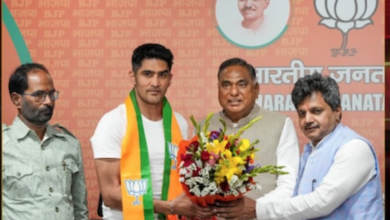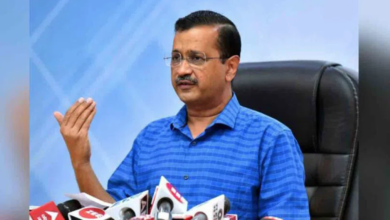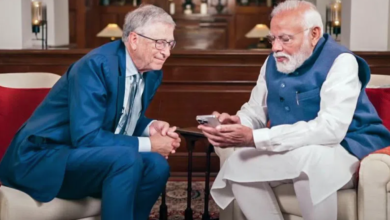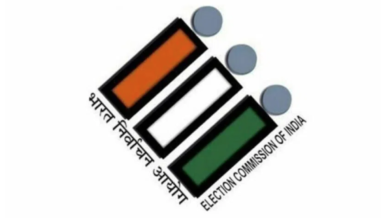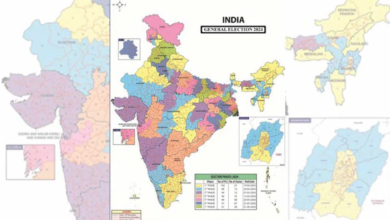Why 41,000 women ‘missing’ in Gujarat is no Kerala Story

The Kerala Story is making news in Gujarat in a rather unusual way. Close on the heels of the controversy about the veracity of ‘truth’ in the movie’s claims of 32,000 women going missing in Kerala due to forced conversions, a media report, quoting National Crime Records Bureau (NCRB) data, claimed that 41,321 women went ‘missing’ in Gujarat in five years, between 2016 and 2020.
Rattled and red-faced at the connotation of these numbers in the context of the controversy of the movie, the BJP government in Gujarat and the state police moved swiftly to debunk the media report as ‘half-truths’ and clarified that 39,497 of the missing women had already reunited with their families. Additional DGP (law and order) Narsimha Komar updated the latest numbers. “As per the latest NCRB data of 2021, 9,812 women went missing, against which 10,608 women were found. In six years, 51,433 women have been registered as ‘missing’ and 50,105 have returned; 97.42 per cent of the missing women have reunited with their families. Only 1,328 women remain missing now,” Komar told INDIA TODAY.
A closer analysis reveals that ‘missing person’ complaints are increasing every year, which should be alarming but neither the police nor activists are pressing the panic button. A majority of these women leave their homes for matters of the heart, but it is not ‘love jihad’. “We have noticed two main reasons why young girls and women leave their homes. One is inter-caste love marriage, where the girl feels the family will not agree to the match, and second, girls under 18 years eloping with their partners and returning after completing 18 to legally marry,” said Komar. He offered some other reasons as well. “Cases of women getting lost in crowded melas and temples were also quite high in rural areas. Fear of failure in examinations also prompts women to leave their homes, but in all of these cases, the police find them or they return on their own. Crimes of human trafficking are relatively low, and mostly involve interstate gangs, who force women into labour or sex trade,” Komal said.
Poonam Kathuria, a veteran social activist and director of Society for Women’s Action and Training Initiatives, Ahmedabad, said her observation corroborates with the fact that women choose to elope for love, though that is not something to celebrate either. “One needs better data to truly understand the trends, but it is true that women are endangered simply because they want to exercise their choices. Raised as an underdog in a deeply caste-ridden society, a girl falls for someone at the first sign of affection. Often, they are abandoned after a few months of elopement and rendered vulnerable to abuse and trafficking. If they are lucky, they return home or are found by police. Cases of love jihad are far and few between,” she said.
Kathuria said the ‘missing person’ numbers indicate the need to empower women, educate them, give them safe spaces at home and equip them to make choices and respect those choices, instead of turning these stories into a political no-sum game. She recalled a recent incident of a ‘missing’ 18-year-old who was left standing at the bus stop by someone she had eloped with. “She was standing at the bus stop for the whole day. Luckily, some activists found her and persuaded her to go home. Such cases are commonplace” she added.


